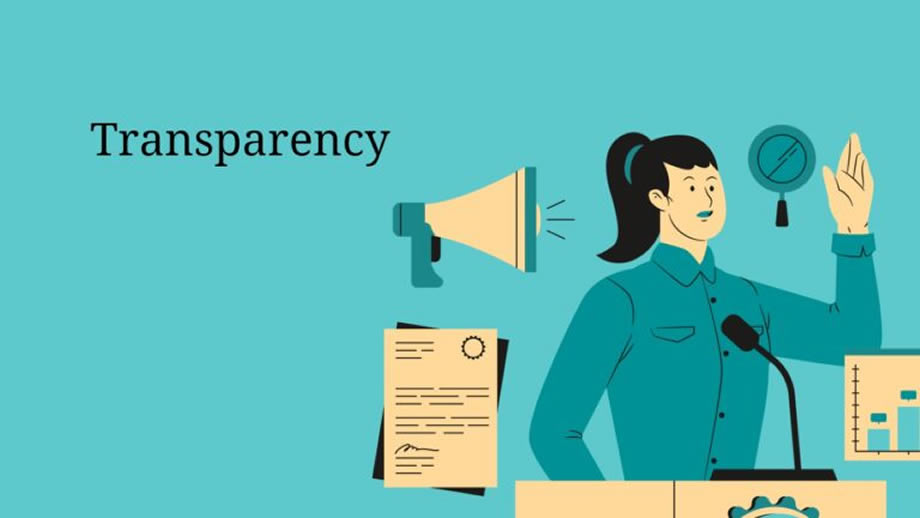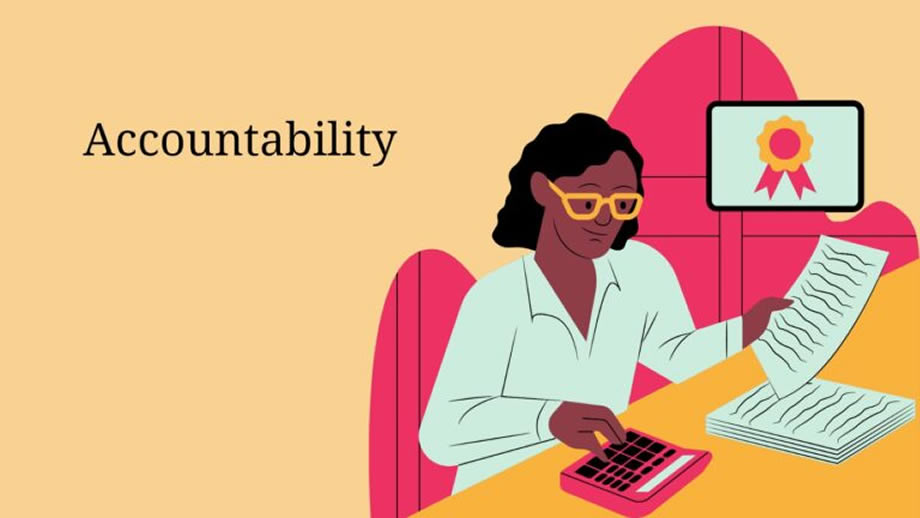When it comes to improving the water sector, the state has a higher burden to ensure that ample water is available, meets quality and quantity standards, and is not wasted. However, to truly succeed, someone should be overlooking the actions made by the government to ensure they are doing what they promised they would do or that the funds allocated to the water sector are being properly used. In this sense, social accountability tools are important to each jurisdiction.
The World Bank defines social accountability as “an approach towards building accountability that relies on civic engagement”. By adopting social accountability tools such as public hearings and audits, citizens can question and consider the state’s progress in an industry. In other words, society keeps the state in line and accountable by encouraging and requiring the government to be transparent in its actions through its social accountability processes. Consequently, countries can benefit by reducing corruption, improving water resource management, and empowering citizens. This article will detail the type of social accountability tools there are to improve the water sector.
Breaking Down Three Important Aspects of Social Accountability
It might be helpful to consider the multifaceted meaning that can be ascribed to three of the key underlying aspects that are related to social accountability:
Transparency

While the direct meaning of transparency is to ensure the government provides the public with access to information, it is important to note that there are different levels of transparency. For example, the government could publicly make data available, although it would not reveal how certain state institutions came to make such decisions and are even more secretive about their outcomes. Taken in another way, this can e seen as transparency that can be opaque. On the other hand, clear transparency is the ideal standard that a typical state should strive for. What these two levels do point out is that merely noting the existence of a transparent system may not, in actuality, generate greater accountability, especially where it is an opaque transparency system.
Accountability

A case study conducted by the International Water Management Institute defines accountability as the concept that individuals, agencies and organisations (public, private and civil society) are beheld responsible for executing their powers according to a certain standard. When considering accountability, one news to see a clear connection between answerability and enforceability. While the former refers to the responsibility to provide information and justification for their actions, the latter implies the application of sanctions or a consequence for not answering accountability claims. In this sense, if the social accountability tools are developed not by the government’s initiative but by NGOs under donor-led approaches, they would often lack the enforcement aspect. In fact, in such situations, even those that are funding or implementing agencies would be scrutinised under the purview of social accountability.
Participation and Voice

To encourage the public to participate in democratic arenas, there needs to either be an institutional design with a specific set of rules and incentives, or the public needs to initiate and decide on the forms of engagement. Depending on this, the extent of participants’ collective and constitutional control over rule-making and their discursive power can be determined. Hence, participation can be a closed/provided system or invited/created/claimed space. Many development sector initiatives that focus on participation leave little space for the public to have control of the rules and discourses shaping. There is further a tendency to limit the groups that can participate, be it in terms of a targeted group of local beneficiaries.
Three Types of Social Accountability Tools
According to the UNDP Water Governance Facility, half of the WASH (water, sanitation and hygiene) projects remain unsuccessful for a prolonged duration, leading to enormous losses between USD 1.2 and USD 1.5 billion over the last 20 years. One way to address this has been the implementation of social accountability mechanisms in the water sector. Currently, there are limited case studies that allow one to asses social accountability tools in the water sector. Here are a few mechanisms that have been recognised to have an impact in certain case studies:
Participatory and Transparent Budgeting
This form of mechanism focuses on engaging with the public in the budgeting process by allowing them to decide how local resources should be spent and monitored. In the context of implementing this social accountability tool in the water sector, the Water Integrity Outlook report in 2016 noted that institutional fragmentation and complex funding arrangements make the water sector vulnerable to financial inefficiencies, mismanagement and corruption. WASHCost and Wash Watch are some of the initiatives within the sector that have been implemented today, encouraging the public to participate in budgetary aspects. However, a few noteworthy concerns have been raised with this method questioning whether such budgeting mechanisms can, in fact, disrupt the local control of powerful actors. In other words, society may tend to reinforce the culture of local government officials simply.
Engagement Through Water Clubs
In Tanzania, an NGO initiated a project called the Mavuno was implemented in 2008. Here, rainwater harvesting tanks were built to increase access to clean water in Karagwe. These tanks were built for individual households, which required them to join the water club, where they contributed an amount of water every month. This project shows that social accountability modes at the household level can help reduce corruption risks in the long term. Instead of depending on a central government to provide finances, the water clubs are potentially a way to sustain themselves financially and help the neighbouring households secure water access. Here, unlike the previous mechanism, the focus is on maintaining the water tanks built and ensuring access to clean water is provided. This is a clear way of also holding the NGO into account.
Feedback as a way to Formalise User Engagement with Water Service Providers
This method was specifically used in Kenya via a group of volunteers, ‘Water Action Groups’. The Citizens Report Card Survey in 2007 demonstrated that citizens in Kenya were able to strengthen their relationships with water service providers by providing valuable feedback to policymakers and providers. It established a formal system which connected Kenyan water service providers, water boards and important bodies like the WASREB. This was used to disseminate information to consumers, engage with service providers with central issues in the water sector, and provide valuable feedback regarding their service state. Hence, multiple opportunities to organise group discussions, public meetings and information sessions were availed, thereby encouraging multiple people in public to participate. However, the feedback does require action on the part of public authorities, main water service providers, and stakeholders.
Finance is Not The Only Driving Force for Corruption in the Water Industry
Some may feel that incorporating social accountability tools to monitor and decide how resources and finances are allocated enough to ensure the water sector functions well. However, in reality, as demonstrated the infamous Nepal case study that implemented social accountability tools for the water industry, water service delivery in the Global South is plagued by inequities in water allocation and distribution due to nepotism, gender discrimination and related problem, requiring institutional reforms to be made. Failing to understand this would only mean that the public will be unable to reduce corruption, be empowered, or holistically improve water resource management.







